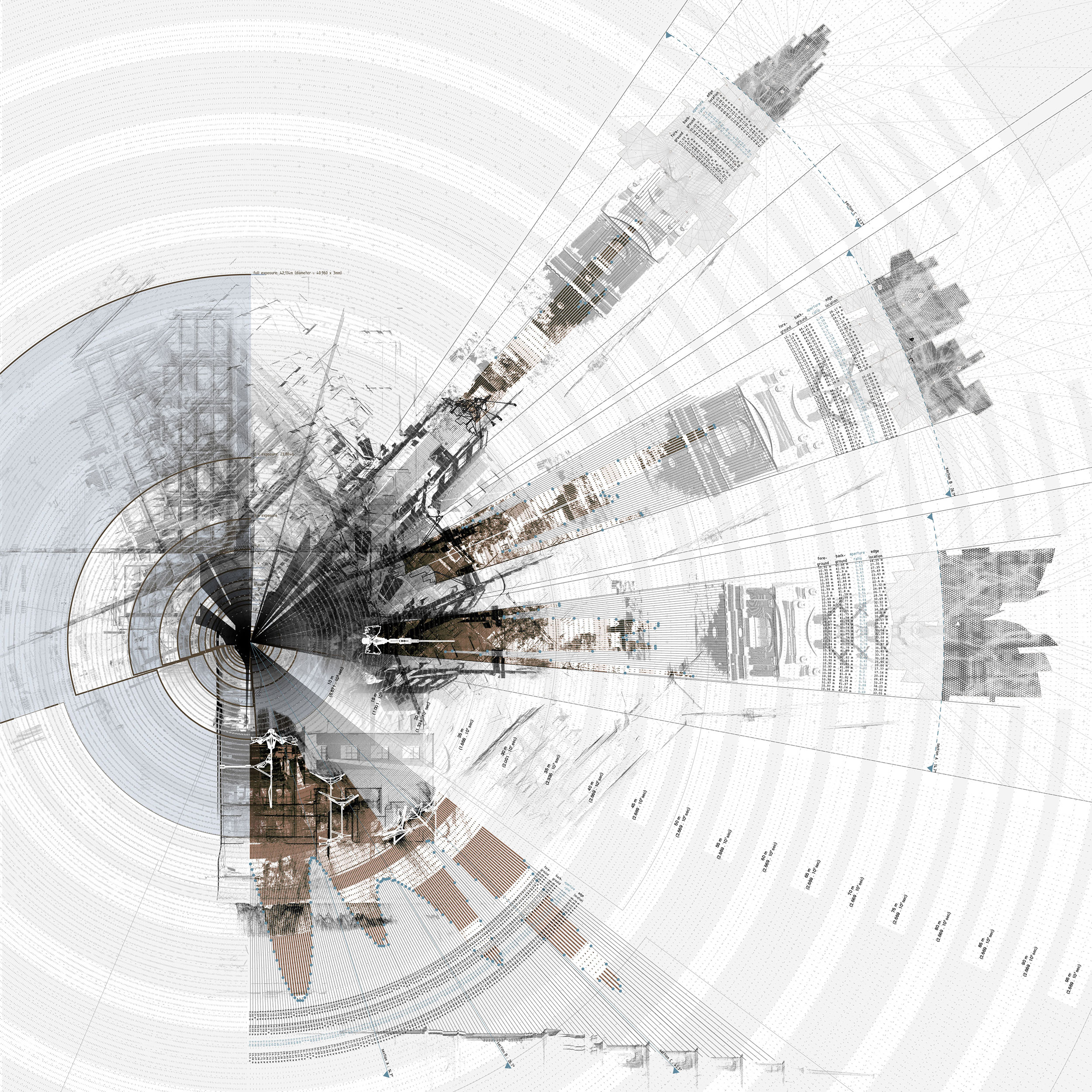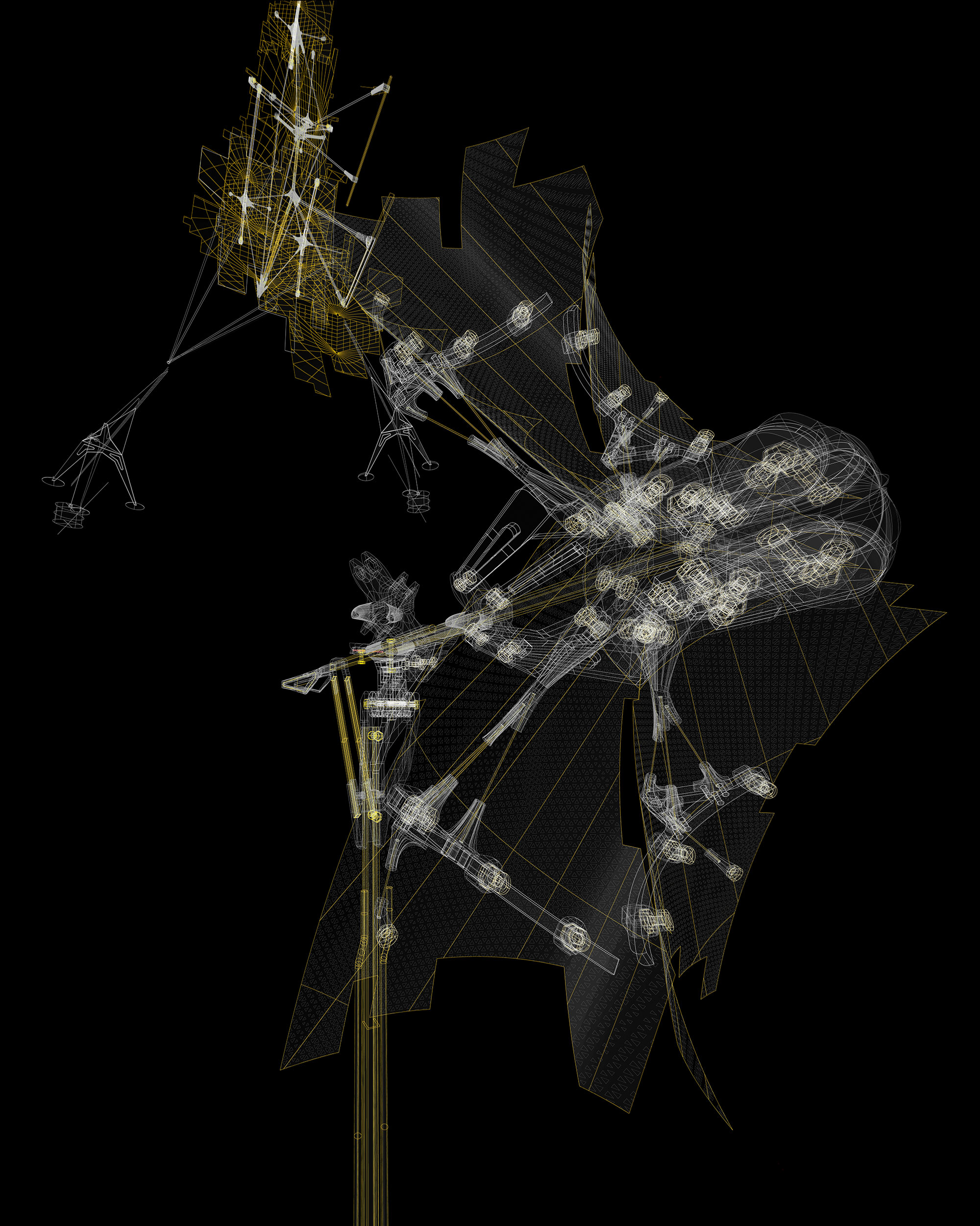Orchestrating the Edge

In our digital age, the human eye has lost its privileged position as the sole and central audience of an unfolding perspectival world as it finds itself challenged by a plethora of post-human eyes. Emerging technologies of vision such as 3D laser scanning – regarded as less faulty, faster and more accurate than the human eye – find an ever more central role in production, analytics, control and decision making.
“Orchestrating The Edge” deconstructs the supposed realism and forensic accuracy of the 3D laser scanner and reinvents it as a phantasmagoric device complicit in the creation of high-tech surrealist mirages. The project reverse engineers a phenomenon called edge noise – interpolated “ghost measurements” that appear in the 3D scanner’s point cloud when the laser beam hits an object’s edge and thus samples multiple objects within one scene. Incompatible with the reductionist logic of the unequivocal and weightless Cartesian point, these mixed measurements are usually elaborately filtered out of the point cloud.
The project, on the contrary, embraces the multiplicity of this edge condition and devises so called Masks – screens that, through the high resolution of their encoded perforation, become “all edge”. The algorithmically controlled edge cloud that results when scanning these Masks inserts fictional geometries into the point cloud, injecting fractures of the imaginary into its “realist” representation of the city.





